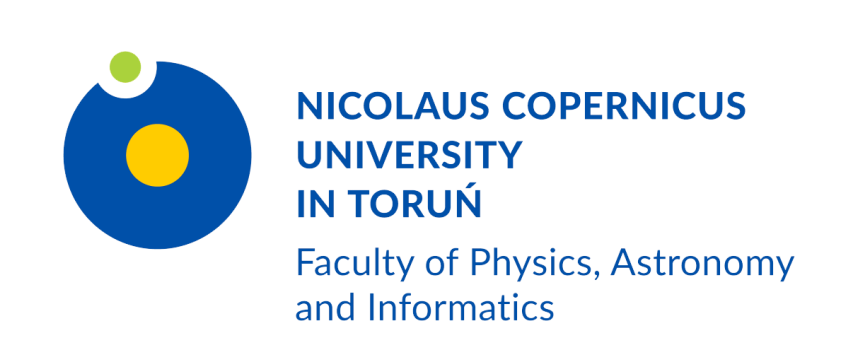
Graduate of Theoretical Physics and Microelectronics from 2002. His MA thesis in Theoretical Physics received a prize of the Polish Physical Society. His doctoral thesis, written under the supervision of professor Włodzimierz Jaskólski, received a distinction during its review and acceptance at Nicolaus Copernicus University in Toruń in 2006. The thesis also received an award from the Society for Science Support and Propagation for the best doctoral thesis in the field of exact science. In 2006-2009, he did a postdoctoral internship at National Research Council of Canada in Ottawa. He has been working at NCU since 2009. During this time, he has obtained, among others, Homing and Mentoring grants from the foundation for Polish Science, and Sonata and Sonata Bis grants from the National Science Center. A laureate of four individual awards from the NCU’s Provost. At present, he is heading the Department of Quantum Mechanics at the NCU’s Institute of Physics.
Quantum wires, dots and commas.
A black ink full stop at the end of a sentence is about a million times larger than a typical quantum dot. Quantum dots are one of the types of nanostructures. Others are, for instance, quantum wires, whose diameter is thousand times smaller than the thickness of an ant’s limb, or quantum commas, which are ten thousand times smaller than a little grain of sand. Nanostructures are created by researchers for two purposes. The first one is scientific curiosity, and almost literally ‘splitting hair’ into a thousand parts (it is the diameter of the aforementioned quantum wires), in order to understand the way laws of Physics function in the nano-scale, which means distances near one-billionth (nine zeroes after the coma!) of a meter. The second objective is the present and future practical applications, such as the already existing high-tech television sets with “Quantum Dots” technology, or the planned nano-sized transistors, which will be ‘hearts’ of future computers.
My research work involves theoretical studies of nanostructures’ properties, such as the aforementioned quantum dots, commas and wires. The word “quantum” here means that they belong to the world in which the rules of classical Physics, the ones which describe our macroscopic reality, no longer apply, forcing us to make use of the rules and laws of the micro-world Physics: Quantum Mechanics. Despite the fact that they are structures of small sizes, in order to understand their physical properties, in order to examine their structure I need to employ powerful computers. One of them is a computer cluster at the Center of Quantum Optics at the NCU’s Institute of Physics, whose computing capacity is close to the combined power of a thousand laptops. I am interested both in the nanostructures’ basic properties, as well as in their potential applications, which is why being a theorist, I try to cooperate in cooperation with Polish and foreign research groups.
One of the challenges which is faced by the physics of nanostructures is learning the limits of miniaturizing circuit boards. In the Sonata Bis project which I am heading, we study, among others, the circuits which can be applied in transistors whose scale on miniaturization has been unmatched so far, and within which electronic circuits would be literally comprised of chains of single atoms. The project is being conducted in close cooperation with National Institute of Standards and Technology from the USA, where initial experimental works are already being carried out.
At present I am heading a team which includes four doctoral and two MA students. Working with talented young people who are making their first steps in research work is extremely fascinating, yet demanding. We have outstanding young researchers, which is why I look with optimism at the future of our university, as well as the whole Polish Physics, which is increasingly appreciated worldwide.

 Grudziądzka 5, 87-100 Toruń
Grudziądzka 5, 87-100 Toruń